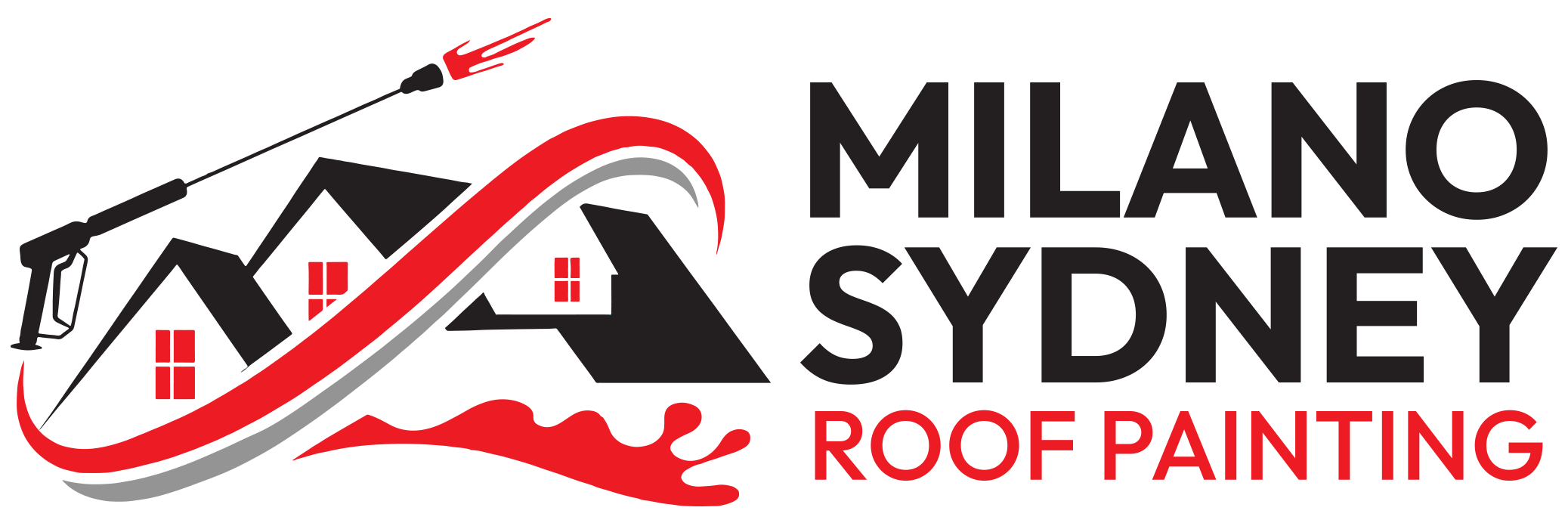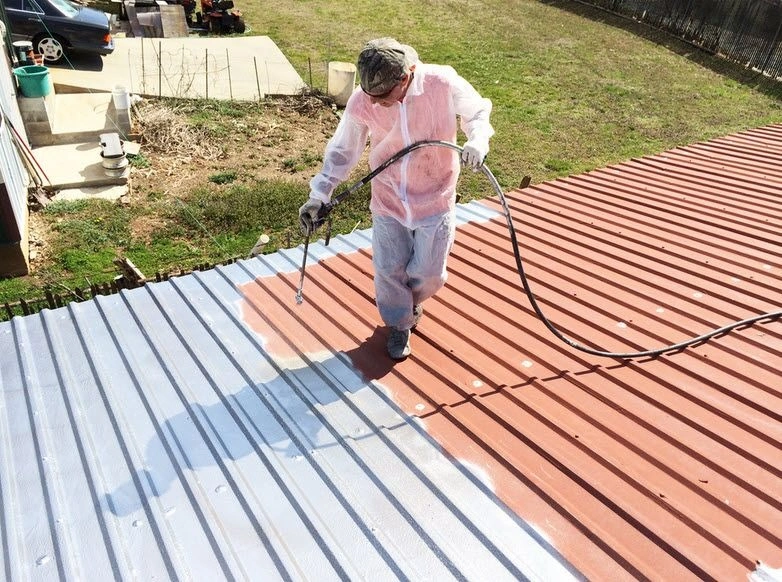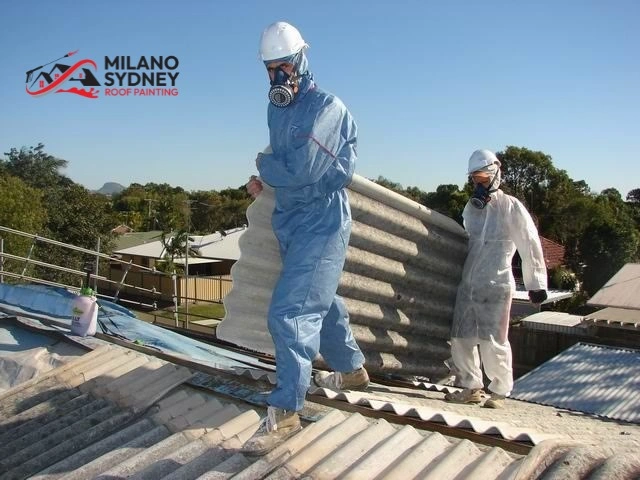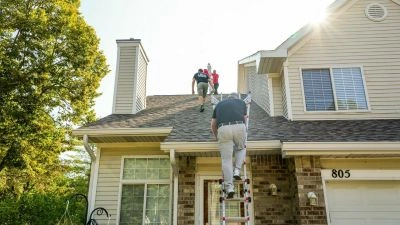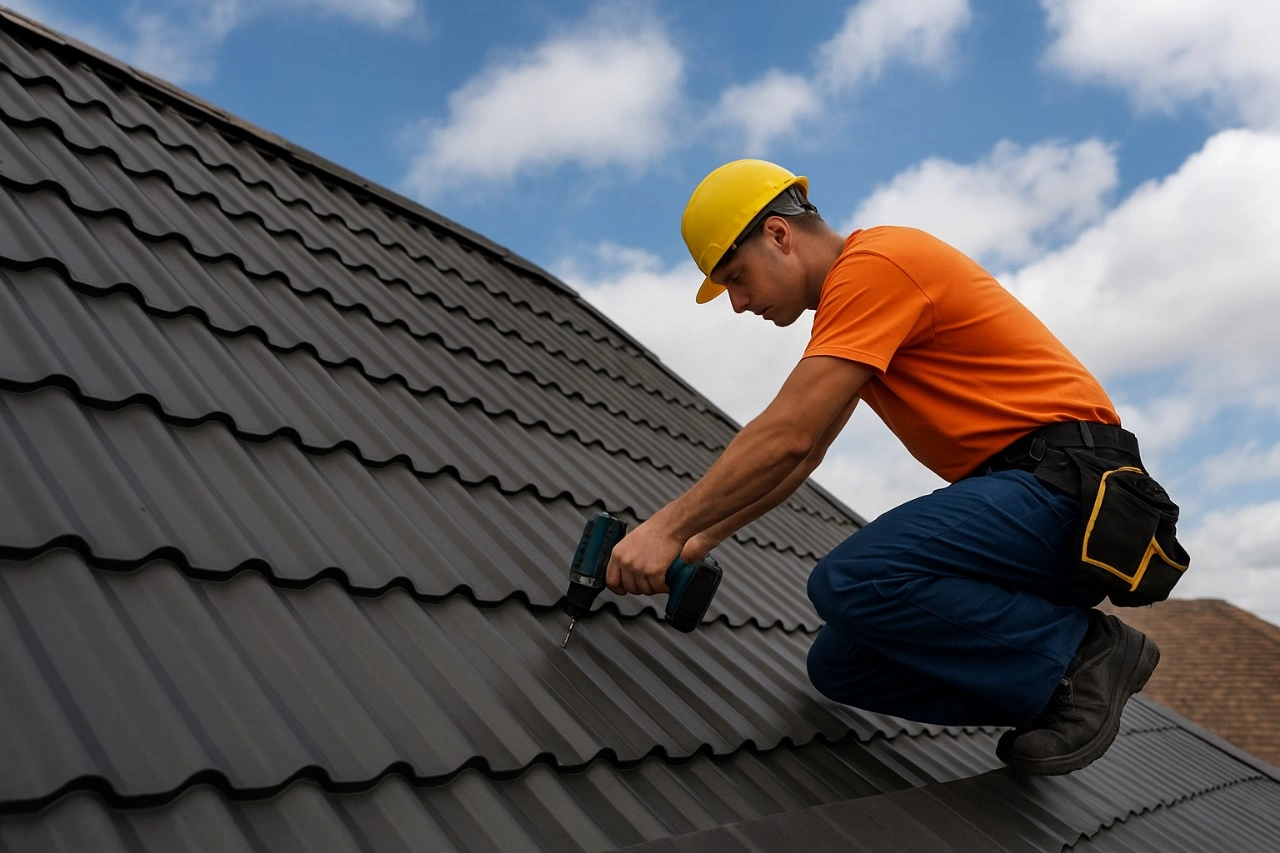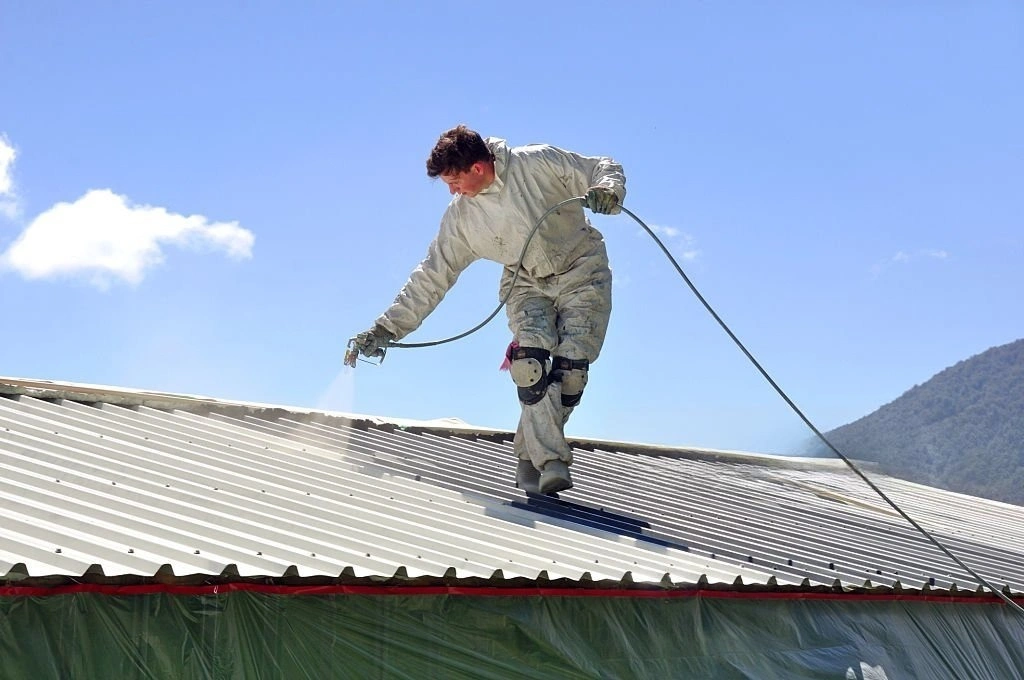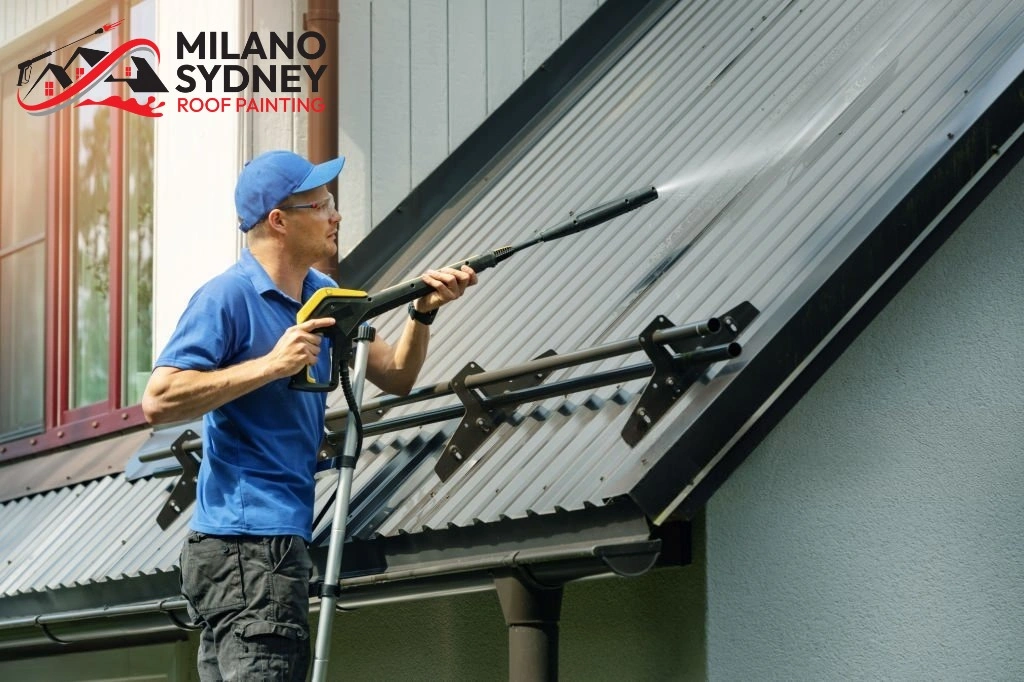Roof Washing vs. Pressure Roof Cleaning: What’s the Difference?
When it comes to maintaining the exterior of your home, roof cleaning is an essential service that should not be overlooked. A well-maintained roof not only enhances the aesthetic appeal of your property but also prolongs its lifespan. Among the various methods available, roof washing and pressure roof cleaning are the most commonly discussed. But what exactly is the difference between these two techniques, and how do you choose the right one for your roof? In this article, we’ll dive into these two popular roof cleaning methods and explore their benefits, differences, and when to use each.
What is Roof Washing?
Roof washing is a gentle cleaning technique that involves using low-pressure water and environmentally friendly cleaning solutions to remove dirt, algae, moss, lichen, and other contaminants from the roof surface. It is often referred to as a “soft wash” because the pressure applied is much lower than that of traditional pressure washing. This method is ideal for cleaning delicate roofing materials such as tiles, asphalt shingles, metal roofing, and slate.
One of the primary benefits of roof washing is that it is non-invasive and gentle, which helps prevent any damage to the roof’s surface. This method uses a combination of specialized cleaners and low-pressure water, ensuring that the cleaning solution breaks down grime and growth without harming your roof.
What is Pressure Roof Cleaning?
On the other hand, pressure roof cleaning involves the use of high-pressure water jets to remove dirt and debris from the roof. This method relies on forceful water pressure to dislodge stubborn contaminants like moss, mold, algae, and dirt from the roof’s surface. While this technique can be highly effective, it is important to note that it can potentially damage certain types of roofing materials, especially older or fragile ones.
Pressure cleaning is best suited for roofs that are made of durable materials like concrete or metal. It is also an ideal choice for roofs that have built-up layers of grime or stubborn stains that require the force of high-pressure water to remove. However, extreme caution should be exercised when using high-pressure techniques on more delicate roof types, as the force of the water can sometimes cause damage, such as dislodging shingles or cracking tiles.
Key Differences Between Roof Washing and Pressure Roof Cleaning
Both roof washing and pressure roof cleaning are effective methods of maintaining a clean roof, but they have distinct differences in terms of technique, application, and the types of roofs they are suitable for.
1. Pressure Applied
- Roof Washing: This method uses low-pressure water (usually between 50-150 psi) combined with a cleaning solution to gently remove dirt and contaminants. The gentle pressure ensures that the roof surface remains unharmed.
- Pressure Roof Cleaning: As the name suggests, pressure cleaning uses high-pressure water jets (often between 1,500-4,000 psi) to forcefully remove dirt and debris. The higher pressure may be effective but can also pose risks to sensitive roofing materials.
2. Suitable Roof Materials
- Roof Washing: Suitable for a wide range of roofing materials, including tiles, slate, shingles, and metal roofing. It is especially recommended for asphalt shingles and terracotta tiles that can be easily damaged by high-pressure water.
- Pressure Roof Cleaning: Best for durable, hard-wearing roofing materials like concrete, metal roofs, and clay tiles. For softer or older roof types, pressure cleaning may not be the best option, as the high pressure can cause damage.
3. Risk of Damage
- Roof Washing: With its low-pressure method, roof washing has minimal risk of damaging your roof. It is the preferred option for delicate roofs or roofs that have been previously damaged.
- Pressure Roof Cleaning: High-pressure washing can sometimes cause damage to roofing materials, such as dislodging shingles, cracking tiles, or even deteriorating roofing granules on asphalt shingles.
4. Environmental Impact
- Roof Washing: Roof washing uses biodegradable, non-toxic cleaning agents that are safer for the environment. The gentle cleaning process minimizes the risk of runoff or damage to surrounding vegetation.
- Pressure Roof Cleaning: While pressure cleaning is effective, it may use harsher chemicals, especially when tackling stubborn stains. Additionally, high-pressure cleaning may cause more runoff, which could negatively affect the surrounding ecosystem.
5. Longevity of Results
- Roof Washing: The results of roof washing typically last longer, as it cleans the roof without causing damage. The use of specialized cleaning solutions helps prevent the growth of algae, moss, and other organic matter.
- Pressure Roof Cleaning: While pressure cleaning may remove visible debris and stains, it may not prevent the regrowth of moss, algae, or lichen as effectively as roof washing. The force of high-pressure water does not provide long-term protection against future growth.
When Should You Choose Roof Washing?
If your roof is made of softer materials such as asphalt shingles, terracotta tiles, or slate, roof washing is the safest and most effective method. It is also ideal for roofs that are prone to organic growth, such as moss or algae, as the cleaning solution can break down these contaminants and help prevent future growth.
Roof washing is also recommended if you are looking to enhance your roof’s appearance without risking any potential damage. It’s a great option if you have an older roof or if you’re trying to preserve your roof’s lifespan without compromising its integrity.
When Should You Choose Pressure Roof Cleaning?
If your roof is made of more durable materials like concrete, metal, or clay tiles, pressure roof cleaning can be an effective choice, especially if your roof has accumulated a lot of grime or stains that require more force to remove.
It’s important to note that pressure roof cleaning should be done carefully, particularly if your roof is on the older side or made of delicate materials. Always consult a professional to ensure that high-pressure cleaning won’t cause any unintended damage.
Why Choose Milano Sydney Roof Painting?
At Milano Sydney Roof Painting, we specialize in both roof washing and pressure roof cleaning techniques. Our team of experts uses the most advanced tools and techniques to ensure that your roof receives the best care possible, without risking damage to your roofing materials.
Whether you’re looking to clean your tile roof, metal roofing, or shingles, we offer tailored solutions that meet the unique needs of your roof. Our environmentally friendly cleaning solutions are safe for your property and the surrounding environment, ensuring that you get the best results without compromising quality.
Conclusion
Choosing the right roof cleaning method is essential for maintaining the integrity and aesthetic of your home. While roof washing is a gentler and safer option for most roof types, pressure roof cleaning can be effective for tougher roofs that require more forceful cleaning. At Milano Sydney Roof Painting, we help you make an informed decision based on your roof’s material, condition, and cleaning needs. If you’re ready to restore your roof’s appearance and functionality, contact us today for a professional consultation and service.
